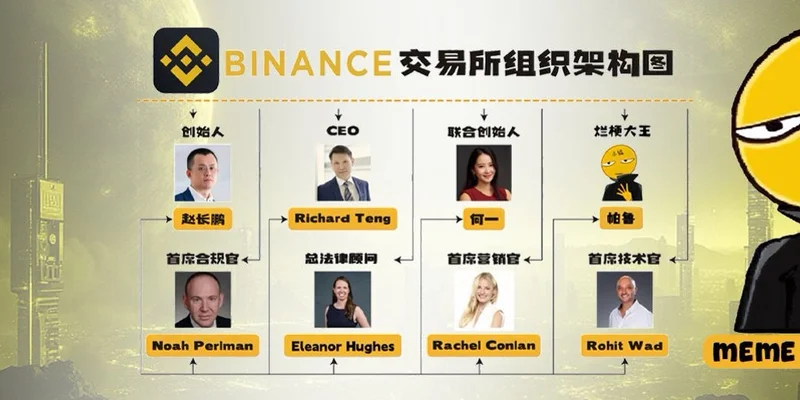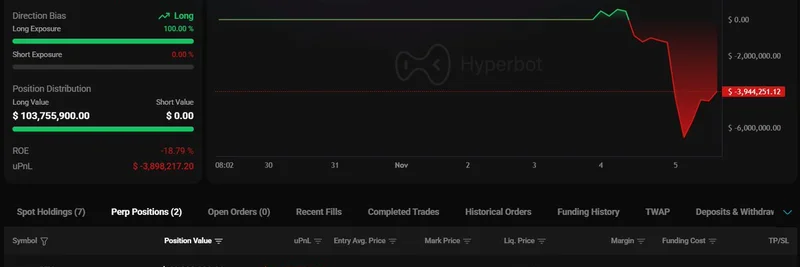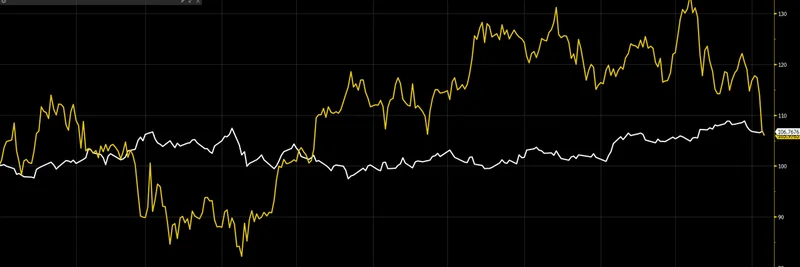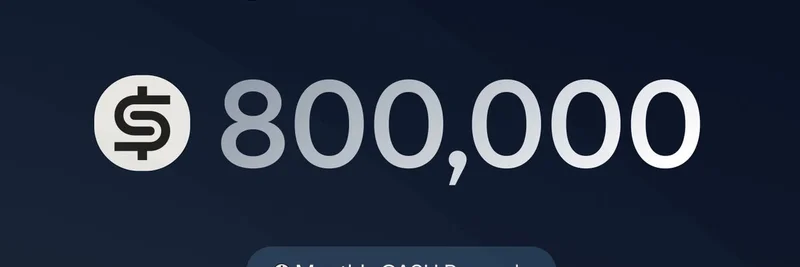Alright crypto folks, let's dive into the world of meme tokens, specifically taking a closer look at Palu token on the BNB Chain. You know how it goes – a new token pops up, rumors swirl, and suddenly everyone's talking about it. Palu is one of those coins that's been buzzing, partly because of some interesting connections to Binance. So, what's the deal? Let's break it down.
First off, Palu is hanging out on the BNB Chain, also known as Binance Smart Chain. Think of BNB Chain as Binance's super-efficient and budget-friendly blockchain – perfect for fast and cheap transactions. Palu rocks the symbol PALU and you can find it at the contract address 0xb75a7e8876df49a74cc4c76c6bda161a8ea4b483 on the BNB Chain. You can always double-check this on BscScan to make sure you're looking at the real deal. It's built on the BEP-20 standard, which is like the common language for tokens on the BNB Chain, making it play nice with wallets like MetaMask and Trust Wallet.
Now, here’s where things get interesting. Palu seems to have caught some attention because it's linked to a figure that showed up in a Binance organizational chart from Binance's Chinese official account. Even Binance co-founder He Yi got in on the action, interacting with it. This Binance connection is a big part of the hype around Palu. Some folks are even calling Palu a potential "new mascot" for Binance, though Binance hasn't officially confirmed any of this. It’s mostly social media chatter and community vibes driving this narrative. Remember to always check for official announcements directly from Binance (https://www.binance.com/) before jumping to conclusions based on social media buzz.
If you're thinking about trading Palu, it's currently listed on Gate.io, specifically in their Pilot trading market. Pilot Market is Gate.io's playground for newer, riskier tokens – so, heads up, it can be a bit of a rollercoaster. To trade there, Gate.io makes you acknowledge that you understand the risks involved. They even have user agreements you need to sign, so it's not your typical walk-in-the-park trading experience. Trading for PALU on Gate.io is available via their Pilot market, and you can access it on the Gate.io app (version 6.30.0 or later) or on their Innovation Zone website. Keep in mind, if you're in a region with restrictions, like the UK, you might have limited access to these services due to regulations.
Let’s talk numbers for a sec. Market Cap, or MCAP, gives you a sense of a token's total value. For Palu, the MCAP has been jumping around quite a bit. Back on March 14, 2025, it was spotted around $425,180, then bounced to $361,500, and then, just a couple of days later on March 16, 2025, some sources were saying it hit $2.7 million! That’s meme token volatility in action. Liquidity is also something to keep an eye on – it's like how easily you can buy or sell the token without causing big price swings. For Palu, liquidity figures around March 14, 2025, were between $66,620 and $72,500. These numbers are from social media posts, so take them with a grain of salt and remember that real-time data from places like CoinMarketCap or CoinGecko is your best bet for live updates. The main trading pair you'll see for Palu is PALU/WBNB. WBNB is basically BNB in a wrapped form, used for trading on decentralized exchanges (DEXs) on the BNB Chain, likely on PancakeSwap, which is a popular DEX there.
Now, for the not-so-fun part: risks. Meme tokens are wild rides. They're super volatile, prices can swing up and down like crazy. Their value is mostly based on hype and what people feel about them, not always on solid tech or real-world use. This makes them prime targets for market manipulation and sudden price crashes. There's also the dreaded "rug pull" risk – where the project creators just vanish with the money. Since Palu is new and still very much in the meme token category, these risks are definitely in play. You also need to be aware of potential insider games. As reports from DL News and Binance Square have pointed out, meme coins can sometimes be rigged in favor of insiders.
Looking into Palu's smart contract, it seems to be a standard BEP-20 token. A quick check on ApeSpace suggests the contract is verified, ownership is likely renounced (meaning the creators don't control it anymore), and there are no sneaky minting functions, blacklists, or tax changes. Buy and sell taxes are currently at 0%. Still, it's always smart to get a professional smart contract audit done for any new token you're considering, especially in the meme coin space.
If you're serious about diving into meme token trading, especially Palu, tools like GMGN.AI can be helpful. GMGN.AI is designed for tracking and trading meme tokens across different blockchains, including BNB Chain, Ethereum, Solana, and more. It offers features like smart money tracking to see what successful investors are doing, real-time analytics, automated trading, and security checks to spot potential scams like honeypots or high taxes. They even have cross-chain trading to minimize costs. GMGN.AI also has a dedicated page for Palu, which you can find here: https://gmgn.ai/bsc/token/fV1R5sZ5_0xb75a7e8876df49a74cc4c76c6bda161a8ea4b483. They charge a flat 1% fee per transaction, but no subscription fees for premium features. If you're into automated trading with GMGN.AI, you'll need to link your Telegram account via https://t.me/gmgnaibot?start=i_fV1R5sZ5.
So, wrapping it up – Palu token is a new meme coin on the BNB Chain getting attention, partly due to unconfirmed Binance links. It's got the typical meme token traits: high volatility, community-driven hype, and a lot of speculation. If you're thinking about jumping in, remember it's a risky game. Do your own thorough research, only invest what you can afford to lose, and keep a close eye on how things develop. This isn't financial advice, just a breakdown of what's out there about Palu as of now. Stay safe and trade smart!




